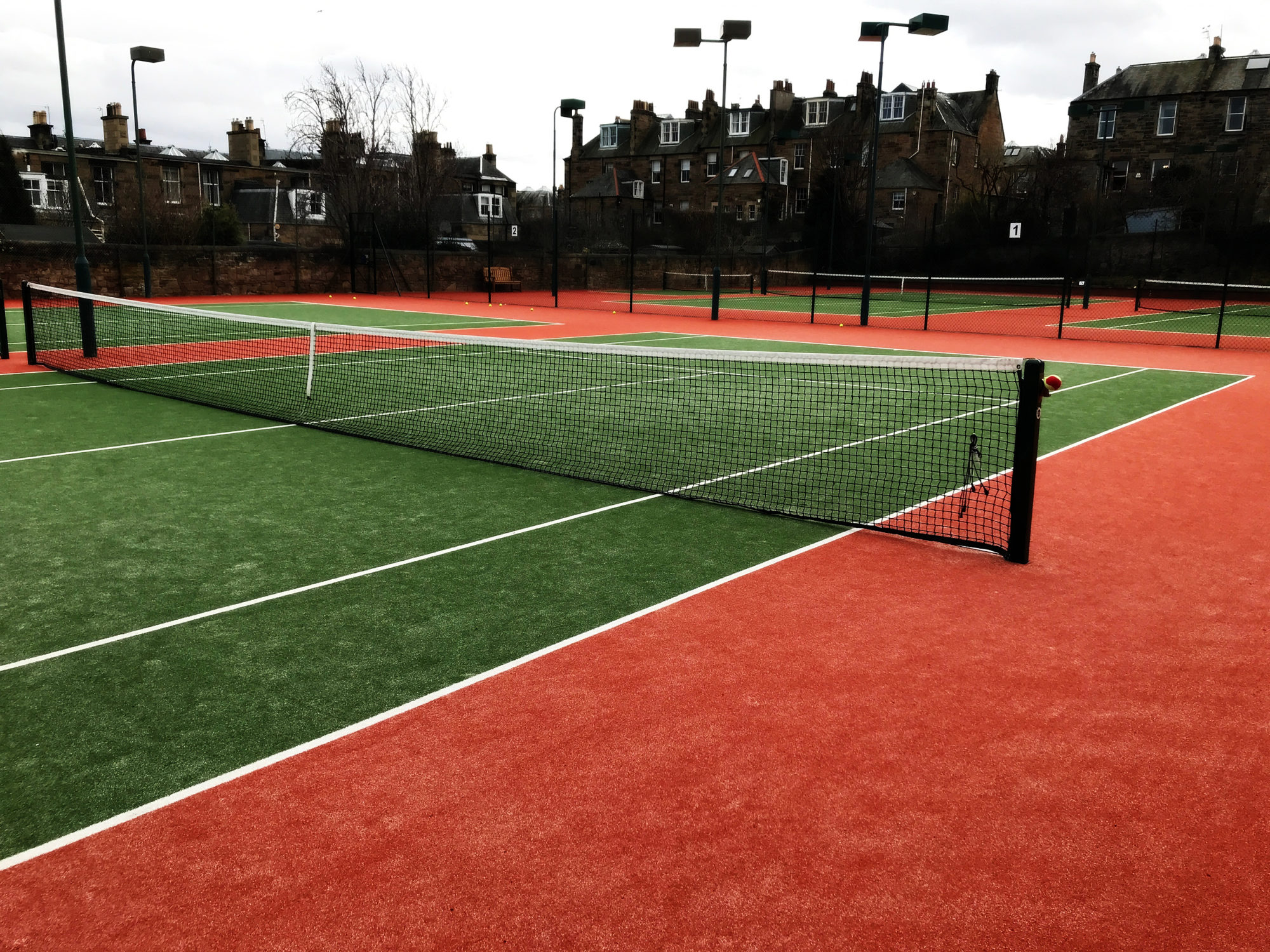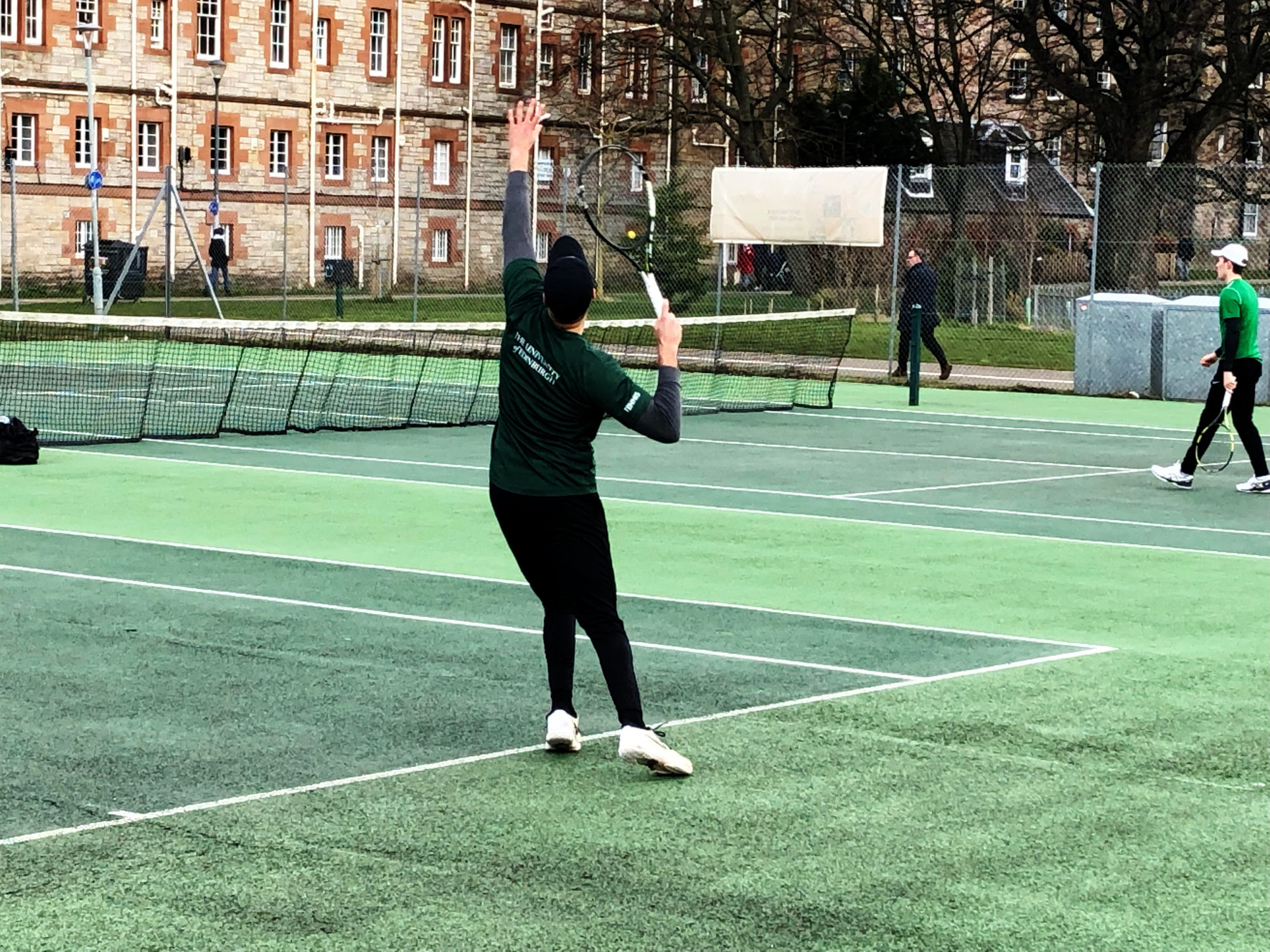Courts of Many Surfaces
Scotland’s climate is a double-sided coin: while it lends itself to natural beauty and immense greenery, it can also wreak havoc for some of the nation’s favorite pastimes.
While famous golf courses like the St. Andrews Links benefit from frequent downpours, Waverley Lawn Tennis, Squash & Sports Club is less fortunate. Home to tennis since 1887, Waverley made the switch to artificial turf in 1985.

In December of 2021, the club invested in another alternative to natural grass–the playing surface of choice for the Wimbledon Championships and formerly the Australian Open—in favor of one that is sand-based. David Ferguson, the club’s president, believes the decision to upgrade the complex’s turf was “well worth” it.
“When it rains, the sand soaks up the rain and it’s not that slippery,” Ferguson said. “It can be pouring rain and it’s not slippery.”
But artificial turf, which is rarely used for tennis in the United States, isn’t the only surface used for the sport in Edinburgh. The Meadows has 16 public hard courts that tennis aficionados like Craig Gaskin frequently use.

But Gaskin says the hard surfaces now used at the Australian Open, the U.S. Open and nearly all American courts weren’t always around in Scotland. At Drummond Tennis Club, the answer is another traditional one.
“Clay courts used to be the thing in Scotland,” Gaskin said. “They used to call them blaised courts here because they used to use burned bricks.”
However, the preferred surface for the French Open doesn’t come without its flaws. Every winter, Drummond’s court is shut down for resurfacing. So, while Gaskin turns to The Meadows for his tennis fix, Drummond sits idly by as a lone reminder of Edinburgh’s former tennis scene.
“My dad grew up in Scotland and it was Blaise courts everywhere. The problem with them is they take too much maintenance,” Gaskin said. “A lot of the clay courts were stripped out because [hard courts] last forever.”
As high school, college and professional sports teams across America make the switch from natural grass to synthetic materials, clubs like Ferguson’s are similarly always on the lookout for any advantage they can find against Scotland’s reliably rainy weather.
Few, if any, tennis clubs possess Wimbledon’s resources and abilities to have natural grass. And in Ferguson’s mind, the notion of using grass courts at Waverley is more than worthy of being scoffed at.
“The climate’s so rubbish,” Ferguson said. “You’d have to be in South England to get decent weather half of the time. It’d be way too expensive and just impossible to keep in good condition.”